For more than 100 years, Santa Rosa Junior College offered students developmental courses in math and English to build fundamental skills for their academic and professional pursuits. New students previously took placement tests to determine their starting course level.
However, students who placed in the lowest level math and English classes potentially added multiple semesters of time, money and resources to their education plans.
In 2010, about 80% of community college students in California were required to take remedial courses in math, reading or writing. Often, this disproportionately affected students from marginalized backgrounds, according to the California Acceleration Project (CAP). In the last 15 years, CAP, a grassroots, faculty-led organization, helped propel a shift in educational policy throughout the state.
Over the few years, California legislators and the Chancellor of California Community Colleges (CCC) made changes that altered the math and English courses community colleges could offer in their catalogs.
Legislators passed two bills — Assembly Bill 705 and 1705 in 2017 and 2022 respectively —- to provide more equitable class placement for students from marginalized backgrounds and accelerate students’ completion of transfer-level courses.
Under these new laws, SRJC eliminated most of its lower-level English and math classes.
In 2017, Gov. Jerry Brown signed into law AB 705, which required community colleges to maximize the probability that a student would complete transfer-level courses within a one-year timeframe. Multilingual students learning English as a second language (ESL) would have three years to pass transfer-level English.
The law also prohibits colleges from requiring students to take developmental math or English courses unless their high school studies showed “those students are unlikely to succeed in transfer-level coursework.”
AB 705 eliminated the placement tests for evaluating students so they couldn’t be stuck with extra semesters of developmental courses. Instead, student course placement was based on “multiple measures,” such as high school coursework, high school grades, and high school grade point average.
“AB 705 was pretty landmark legislation to help reform some very real harms that extensively long pathways in English were causing for students,” said Sheryl Cavales Doolan, SRJC English department chair. “What we have found is that overall our students are being placed more appropriately and they’re being successful entering the transfer-level class from the get-go.”
Cavales Doolan has worked at SRJC since 2006 and has served as the department chair since spring 2022. She began teaching developmental English and working with students in writing centers while earning her master’s degree from Sonoma State University.
She later attended San Francisco State University and wrote her policy paper on AB 705 while earning her doctorate in educational leadership.
Cavales Doolan said she feels the two laws have had a positive impact on the English department, but not necessarily others. She added that her comments were confined to her own department.
“I think it’s important to acknowledge that the journey math has had, and even EMLS, is very different from what English had to do,” Cavales Doolan said.
SRJC math department chair Jennifer Carlin-Goldberg said she sees some benefits and some drawbacks from the two laws.
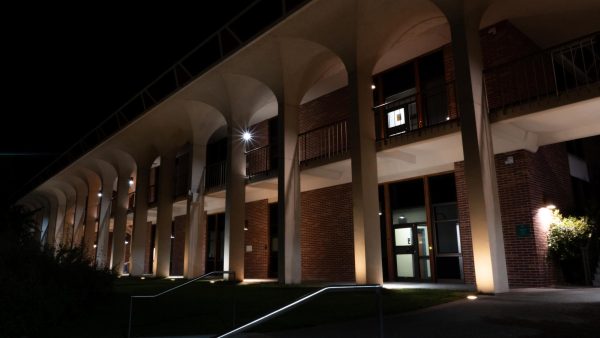
“I do like our altered placement. Our altered placement system is a little bit more straightforward,” Carlin-Goldberg said. “We were already moving away from a placement test before AB 705 passed. We were collecting data just to figure out exactly how to place students to ensure that they had the best chance of success in their first math class.”
Carlin-Goldberg has worked in education for more than 20 years and is finishing her 13th year at SRJC. She’s served as the math department chair since spring 2023.
She said some students who enroll at the college and haven’t passed all of their high school math classes, or who came here from a different country, can now be forced to take a transfer level course they’re not prepared for.
“The only thing that we have been able to do is offer them as much tutoring resources as possible,” Carlin-Goldberg said.
SRJC developed courses that are offered concurrently with transfer-level courses to help students practice and learn fundamental skills necessary to pass the class. The school also offers the STEM Success Center and Writing Center as additional support for students.
Cavales Doolan said the support courses the school developed act as tools that help students pass their transfer-level English courses.
“For students who are kind of identified, who really kind of need more additional support, we have paired sections of English 1A with English 50, and the students who take those courses do very well,” Cavales Doolan said.
She noted that there is still more work to be done and pointed to additional co-requisite courses the college intends to add in fall 2025. The additional courses will not be attached to a specific transfer-level course.
Carlin-Goldberg said the support courses the college has created in place of the developmental courses aren’t as effective. She compared the two- or three-unit support courses to the eight to 10 units of developmental classes students may require to prepare for a transfer-level course.
Other instructors agree with Carlin-Goldberg’s views on the benefits of the new placement model and drawbacks of the elimination of lower-level courses.
SRJC math instructor Greg Morre has taught at SRJC since 2016 and has been teaching students math since he opened his own tutoring center in Sebastopol in the early 2000s. He felt that students were generally placed in the correct level of math for their skill set under placement tests.
After AB 705 passed, students were essentially able to choose which level math course they wanted to enroll in, Morre said. He wasn’t opposed to the new approach of allowing students to self-evaluate at first, but then began seeing them enroll in courses they weren’t prepared for.
“I felt by 2019 that you could see, in the STEM courses for sure, definitely a change in the students’ level of preparedness,” Morre said. “Both mathematically and just how to function as a college student in a college mathematics course.”
Former SRJC student Matt Coxon said he had issues with starting at the appropriate level math course under both systems.
When he first enrolled at SRJC he took the math placement test, which placed him in a calculus course that he struggled with and didn’t pass.
After spending time working as a paramedic, he returned to SRJC hoping to earn a degree and make a career change. During the fall semester of 2022, he enrolled in MATH 27: Precalculus Algebra and Trigonometry to fulfill the math requirement for his degree. Under AB 705, he was not required to take a placement test.
“[It was] way over my head,” Coxon said. “I basically had to relearn all of the foundational math on my own to have success in the class.”
He said he ultimately passed the class, though it was extremely challenging, and earned an associate degree in natural sciences.
While Coxon was enrolled in MATH 27, Gov. Gavin Newsom signed AB 1705 into law in September 2022.
AB 1705 required community colleges place students with a high school diploma or equivalent pursuing a certificate, degree or transfer program, directly into transfer-level English or math at the beginning of their coursework in these subjects.
The requirement was included to shore up issues with the implementation of AB 705 and ensured that students weren’t caught in a string of developmental courses.
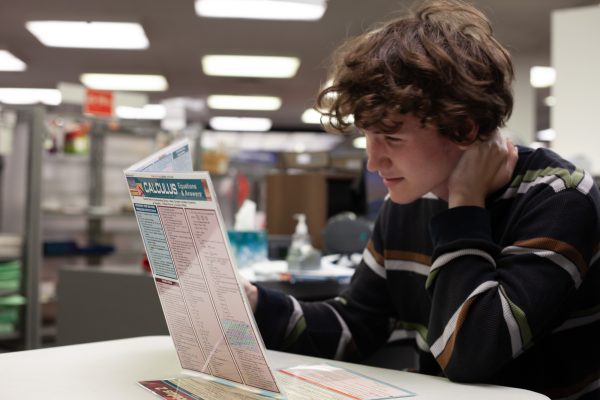
The first classes SRJC officials cut from the college’s catalog included all four developmental English courses. The school cut all math courses below precalculus in fall 2023.
For math and other STEM majors, AB 1705 requirements often mean students are placed directly into Calculus 1.
Sophia Baudo, a math major, couldn’t imagine earning a degree under a system where she wouldn’t have taken precalculus.
“It was hard enough for me already,” Baudo said. “Transferring from high school where I didn’t do amazing in math and then going straight to college. I could not imagine just jumping into calculus.”
The chancellor’s office laid out guidelines to make the changes under AB 1705 in multiple memos from November 2022 to December 2024.
A February 2024 memo gave colleges until July 1, 2024 to demonstrate that a lowerlevel course met certain criteria in assisting students to reach and pass a transfer-level course. If the college could demonstrate a course met those requirements, the course could remain in the catalog.
Michelle Van Aalst, SRJC English instructor since 2013, said these laws take away students’ agency over the classes they can take.
“The idea of accelerating them and placing them into classes for which they are underprepared is, I think, frustrating for them. We have students coming in who want to take those pre transfer-level classes, and we just simply don’t offer them,” she said.
Cavales Doolan said the idea of “accelerating” students is an inaccurate description.
“It’s not speeding up the time for students,” Cavales Doolan said. “What eliminating the developmental pathway has done for English students is that it has made it then same as other students who were being placed immediately into English 1A, so they don’t have extended time.”
Another tenet of AB 1705 included a requirement for the chancellor’s office to publish a dashboard on their website that tracked student progression and completion of transfer-level English and math. The law required the dashboard be updated annually and date back to 2015.
The data surrounding these changes shows mixed results and doesn’t factor in external influences like the COVID-19 pandemic.
The total number of SRJC students who passed transfer-level math courses within one year of beginning math at the college increased by 86 students during the 2023-2024 academic year.
However, the percentage of students who passed transfer level courses within one year was nearly 15 percentage points below its peak which came in 2018-2019 in the period of time between the passing of AB 705 and AB 1705, according to the CCC dashboard.
In transfer-level English courses, CCC’s dashboard shows similar results. The total number of students who passed a transferlevel course increased by nearly 300. Yet, the success rate remained nine percentage points below its peak of 81% in 2018-2019.
The data shows a steeper drop off in success rates for students attempting a math course one level below a transfer-level course.
The total number of students passing these classes peaked in 2017-2018 at 182 and fell to just five in 2022-2023. Some faculty members take issue with the process used to collect this data.
“Our biggest objections to the data they collect, it’s all post-census data,” Carlin- Goldberg said.
Post-census data is collected after the census period during the first three weeks of each semester. Typically it is the first two to three weeks of the semester when students are able to drop classes without consequence.
“You generally see a drop off in students between the start of the semester and the census date,” Carlin-Goldberg said. “These are the students who figure out early on ‘oh, this class is not going to work for me.’”
She said students will also often drop out of one math class and enroll in another during the period.
The data the department has independently collected shows a bimodal graph, a concentration of students split on either end of the grading scale creating two peaks at the top and bottom with a valley in between.
An increasing number of students earn either an A or F, while fewer students score between the two, Carlin-Goldberg said. Carlin-Goldberg acknowledged more changes the math department plans to implement moving forward, such as increasing the number of classes that offer a concurrent support course.
“We want to add these courses because students really need the assistance,” Carlin-Goldberg said. “We want to get the success rates up and the pass rates up.”
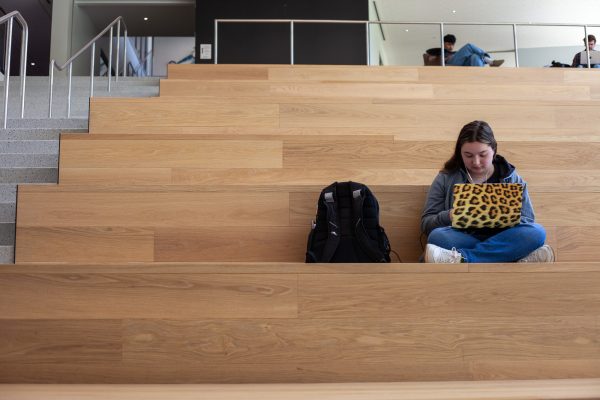




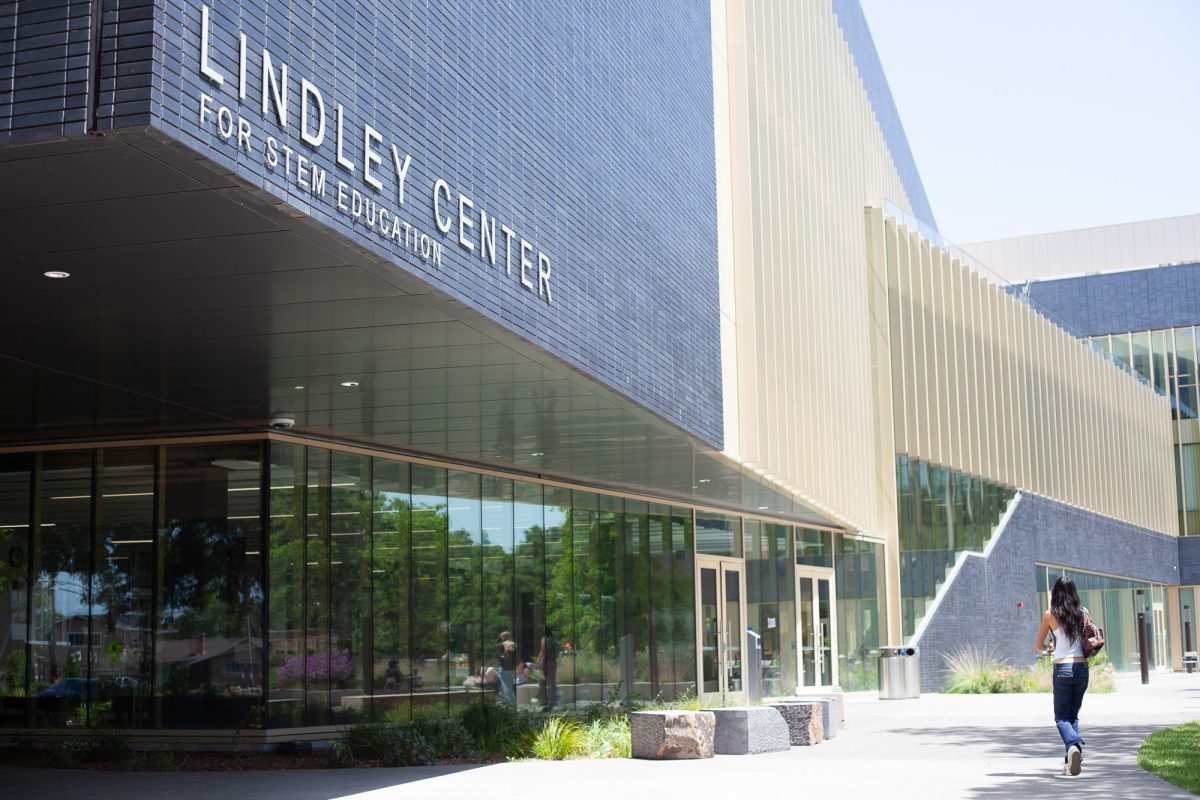
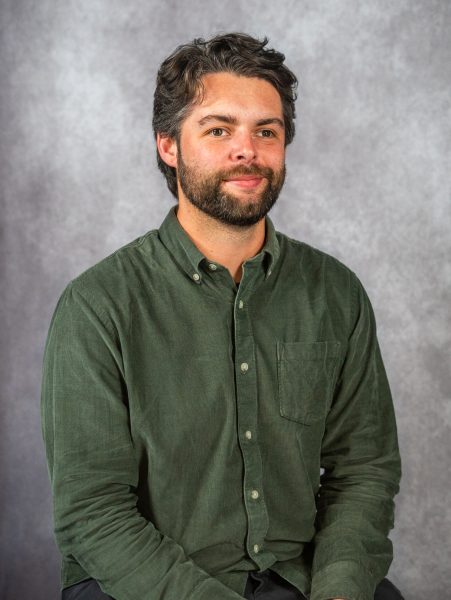
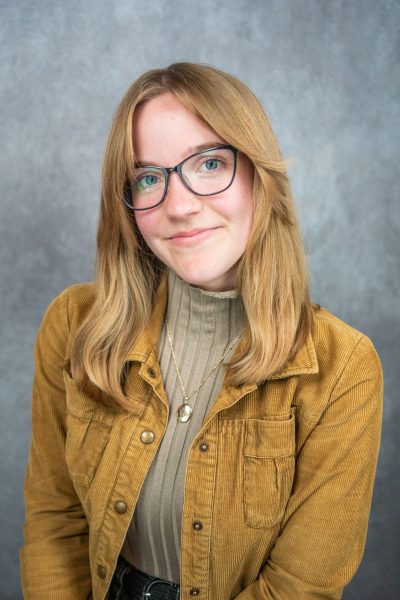
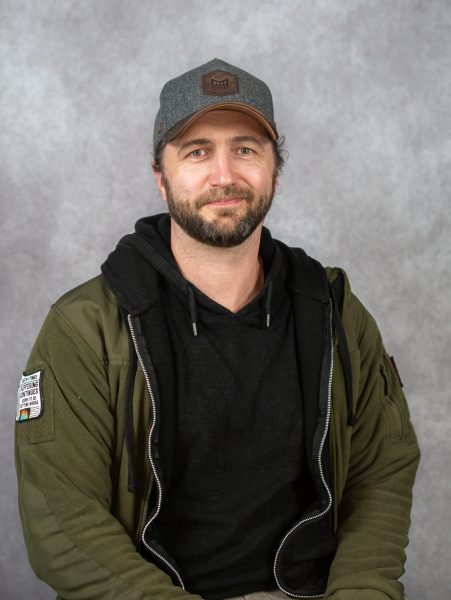
Joshua Pinaula • May 18, 2025 at 12:03 pm
I feel like I haven’t seen/heard about SRJC’s commitment to providing jam sessions -or like, intensive refresher workshops.
My understanding was that the Assembly Bill language encouraged colleges to develop trainings -like “jam sessions”. That research shows that instead of having students take years of below college-level courses -if students were to take their transfer level course, supplemented with these couple day intensive refresher workshops, that the majority of students are able to pass their courses with less struggle. 🤔